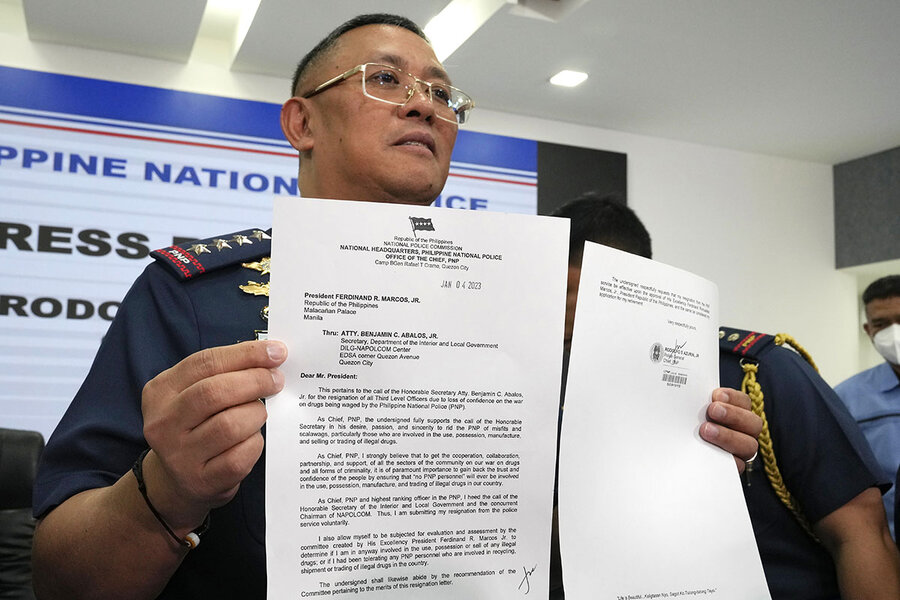To get an immigrant visa in the Philippines, you need Prepare the necessary documents, submit your application, pay the fees, undergo an interview, medical examination, and obtain a police clearance.

Types of Immigrant Visas in the Philippines
Immigrant visas in the Philippines fall under two major categories: Quota and Non-Quota visas. Each type comes with distinct requirements and considerations, providing diverse opportunities for immigration.
Quota Visa
A Quota Visa is typically granted to foreigners who belong to a nationality underrepresented in the country. The Philippines restricts the annual number of immigrants from any given country, thus the term “quota”.
- Eligibility Criteria: A Quota Visa is primarily available for nationals of countries with diplomatic ties with the Philippines. Applicants must possess a skill, profession, or capital for investment beneficial to the Philippines.
- Key Advantages: Quota Visa holders can live, work, and study anywhere in the Philippines, similar to Filipino citizens. They can also own real estate properties and businesses.
For more detailed information about the Quota Visa, you can visit the Bureau of Immigration Philippines.
Non-Quota Visa
The Non-Quota Visa is less restrictive and more commonly issued compared to the Quota Visa.
- Eligibility Criteria: This visa type includes several categories like the marriage visa (for those married to Filipino citizens), retirement visa (for senior citizens who wish to retire in the Philippines), and investor visa (for those investing in business or property in the Philippines).
- Key Advantages: Depending on the specific non-quota visa category, benefits can range from indefinite stay periods to permission to engage in business activities and employment.
Eligibility Criteria for Immigrant Visas
Understanding the eligibility criteria for both Quota and Non-Quota Visas is critical to successfully navigate the immigration process. Here’s a table outlining the primary requirements for both types of visas:
| Criteria | Quota Visa | Non-Quota Visa |
|---|---|---|
| Nationality | Nationals of countries with diplomatic ties with the Philippines | Not restricted to specific nationalities |
| Skills, Profession, or Capital | Must possess a beneficial skill, profession, or capital for investment | Not required for all categories (depends on specific Non-Quota visa type) |
| Marital Status | Not required | Required for some categories (e.g., those married to Filipino citizens) |
| Business or Investment Interest | Not required | Required for some categories (e.g., those investing in business or property) |
| Age and Retirement Status | Not required | Required for some categories (e.g., retirees looking to settle in the Philippines) |
The Application Process for an Immigrant Visa
The application process for an immigrant visa in the Philippines involves several steps. Understanding these stages will help ensure a smoother, more efficient process.
Preparing the Necessary Documents
Before you apply, gather all the necessary documents. The exact list of documents depends on the specific type of visa you’re applying for, but common requirements include a valid passport, birth certificate, and proof of financial support.
You may also need documents that prove your eligibility for the specific visa, such as marriage certificates, investment documents, or proof of special skills or qualifications. Always double-check the requirements listed on the Bureau of Immigration Philippines website.
Submission of Application
The next step is to submit your visa application. This process usually involves filling out an application form and attaching all the required documents. The submission can be made in person or through an authorized representative at the Bureau of Immigration office.
Payment of Fees
After submitting your application, you will need to pay the necessary fees. The fee structure can vary depending on the type of visa and can be found on the Bureau of Immigration’s official website. Keep in mind that these fees are non-refundable.
Interview Process
Once the application and payment are processed, you will be scheduled for an interview. The interview is an opportunity for immigration officials to verify the information provided in the application and assess your intentions and eligibility.
Medical Examination
A medical examination is a standard part of the immigration process. It’s designed to ensure that immigrants do not bring any serious communicable diseases into the country. The specific tests involved can vary but may include a physical examination, chest X-ray, and blood tests.
Police Clearance
The final step in the application process is obtaining police clearance. This process involves verifying that the applicant has no criminal records in their home country or any other countries where they have resided for more than six months. For detailed information about the police clearance process, refer to the National Bureau of Investigation page on Wikipedia.

Important Points to Consider
Moving to a new country involves more than just securing the right visa. It’s also important to understand the implications of your status as an immigrant. Here are some vital considerations:
Duration and Validity of Visa
Both the Quota and Non-Quota visas allow for an indefinite stay in the Philippines. However, visas come with expiration dates. You must renew them periodically, depending on the visa’s specific type and the rules set by the Bureau of Immigration Philippines.
Legal Rights and Restrictions
As an immigrant visa holder, you enjoy certain rights similar to Filipino citizens. These rights might include the ability to work, study, and invest in the Philippines. However, there are also restrictions. For instance, you cannot vote in national elections or hold public office. Make sure you understand these legal rights and restrictions to avoid any potential issues.
Adjustment to Life in the Philippines
Adjusting to a new culture and environment can be challenging. The Philippines has a rich culture and history, which you can learn more about on the Philippines Wikipedia page. Try to learn the local languages, understand the customs, and build relationships with locals.
Additionally, plan for practical matters such as housing, healthcare, education, and transportation. Services like PhilHealth for healthcare and the Light Rail Transit for transportation could be important parts of your life in the Philippines.